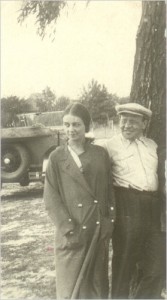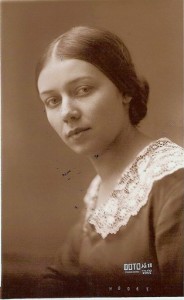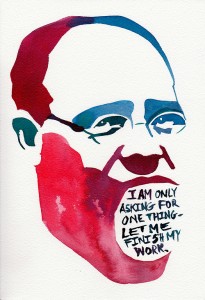Woody Allen is a both a man in the physical world and a self-generated persona in the world of art. Allen is a red-headed boy who had thoughts of death at the age of six; he is a withdrawn, anxious man who hops from relationship to relationship; he is a man who is middle-aged and still sleeps with a night-light; he is an individual who is capable of reflecting the intricacies of both inner dialogue – between the self and the self – and external dialogue – between the self and those surrounding the self, through art.
Throughout his comedy-film career, Allen developed multiple characters – the most recognized of which is his “nebby neurotic” or “WASP schlemiel character”: “the vain, cowardly womanizer who ends up the winner” (Meade, chapter 2). Allen’s personae and his real-life anxieties became ever more intertwined through psychotherapy sessions. He attended these sessions for fifteen years in order to feed his real-life anxieties and his artistic personae.
Allen’s films represent “laughter through tears” (Chances). His work is selfish in intent – “he thought of his work as self-therapy, a means…of keeping busy “so I don’t get depressed””, and yet, Allen’s expressions of his deep, looming anxiety function as therapy for his viewers. He is able to capture the absurdity of life and the blurry nature of human relationships in a way that allows us to step back from our reality and think about our lives as if we were observers, just as we are observers of Allen’s own life for two-hours, bathed in the darkness of the theater.
Early Life:
- Born on December 1, 1935 in Brooklyn, New York to second-generation parents.
- Predominantly Jewish neighborhood.
- Lives with mother, father, mother’s sister and her husband – the house is very crammed.“Most of the time the child was surrounded by people who spoke to one another in loud voices and waved their hands, all of which made quite a powerful impression. As an adult, detesting family turmoil and the forced intimacy of overcrowded households, Woody would be obsessive about solitude.” (Meade, chapter 1)
- Grandfather, Leon Cherry, speaks Yiddish at home and English on the street. He is pious and a very hard-worker, without time for intellectual pursuits.
- In his comedy shows and films, Woody depicts his parents’ relationship as antagonistic – Marty, his father, cannot settle on an occupation. This drives his mother crazy.
- Raised by nannies; his mother has a very hot temper and spanks him often:
““His mother,” recalled boyhood friend Jack Freed, “… was always taking a whack at him. Whenever he got her goat, she’d start howling and yelling before taking a good swipe at him. If my mother hit me that hard, I’d have run away crying, but he never cried. He had an amazing ability to restrain his emotions. His mother couldn’t control herself at all.”” (Meade, chapter 1)
- Mother kept kosher, ordered that Woody attend Hebrew school. Ingrains a sense of discipline and time-management in him.
- Allen believes that he has always been “pessimistic” and “depressed”. He had thoughts of death at a young age:
“”I have memories of being very young, probably 6 or 8, and being put to sleep at night.” Lying in the dark, thinking “someday I will be dead,” (Meade, chapter 2)
Comedy and Hollywood:
- At 17, after his cousin recommended that he send his jokes out to newspapers, he decided
to change his name to Heywood Allen. (Meade, chapter 2)
- 1953: Begins attending NYU. He failed Spanish, English, and almost failed motion picture production, after which “NYU dropped him.” (Meade, chapter 2)
- Allen begins a career in stand-up comedy.
- At 18, he meets his first future wife, Harlene. Their relationship was strained and dry; Allen would often passively incorporate jabs at Harlene in his comedy sketches.
- Simultaneously, Woody had an affair with a woman named Louise, who he would later marry. She was smart, wealthy, and beautiful, but “emotionally frail”; reportedly, the two had a father-child relationship. Woody admitted:
“”It was only when I started going out with women who were more cultured and made great demands on me that I started to feel I had to keep my end of the conversation up.” (Meade, chapter 2)
- Allen writes for television and wins an Emmy.
- His comedic persona and technique were originally influenced in Bob Hope and Mort Sahl’s humor techniques. Allen often focuses on his life and childhood.
https://www.youtube.com/watch?v=xuCufsHa8wU
- Throughout this time, Allen also published comedy prose in New Yorker magazine.
- Allen’s film-making career took off with Annie Hall in 1977.
https://www.youtube.com/watch?v=EsHwIBR6ivA
- It took him time to pick up screen-writing and directing, though:
“He shot scenes in one or two setups; dispensed with close-ups and worked only in master shots; eliminated actors’ rehearsals and allowed them to change dialogue; and seldom offered direction—all shortcuts allowing him to finish a picture before he got sick to death of it.” (Meade, chapter 3)
- After many box office hits, such as A Midsummer Night’s Sex Comedy (1982) and Hannah and Her Sisters (1986), Woody began to disregard “current trends”, shooting whatever films he deigned worthy. (NYTimes Bio)
Farrow and the Scandal:
- 1982: Allen films A Midsummer Night’s Sex Comedy, starring Mia Farrow.
- He has a child with Mia Farrow named Satchel, who begins counseling at age 2.
- 1992: He dates and marries Mia Farrow’s adopted daughter Soon-Yi Previn. Farrow wins custody over Soon-Yi; Allen must pay $3 million.
- Allen was also accused of molesting 7-year-old Dylan Farrow, his adopted daughter.
The 2000’s:
- Allen shot many mixed-review films, such as Melinda and Anything Else.
- In 2005, Allen won his first Oscar in a decade for the film Match Point. (NYTimes Bio)
- Allen began a pattern of shooting overseas: In Spain, he shot Vicky Cristina Barcelona (2008), in France, he shot Midnight In Paris (2011). The latter project turned out to be Allen’s most successful box office hit. Accordingly, he won a Golden Globe for Best Screenplay and the Oscar for Best Writing. (NYTimes Bio)
- A scene from Midnight in Paris: “Talking About Love and Death with Ernest Hemingway”
Works Cited:
Chances, Ellen. “Moscow Meets Manhattan: The Russian Soul of Woody Allen’s Films.” American Studies International 30.1 (1992): 65-77. JSTOR. Web. <http://www.jstor.org/stable/41279030>.
Meade, Marion. The Unruly Life of Woody Allen: A Biography. New York, NY: Scribner, 2000. Print.
New York Times. “Woody Allen.” New York Times Biographies. All Media Guide, 2010. Web. 2014. (http://www.nytimes.com/movies/person/79388/Woody-Allen/biography)

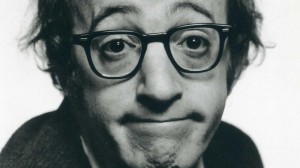
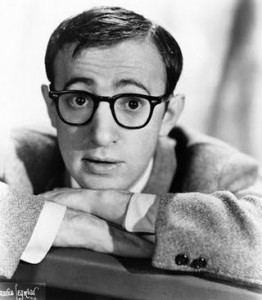
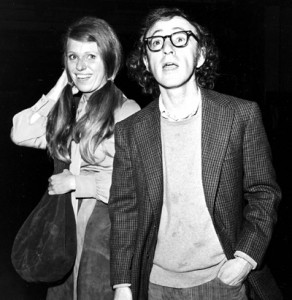
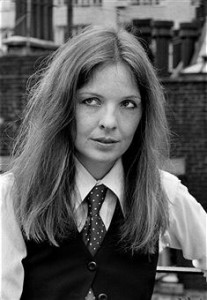

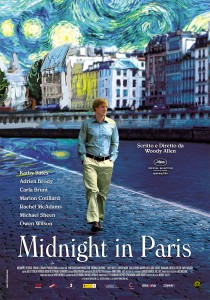
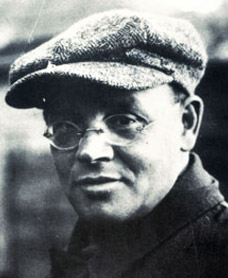
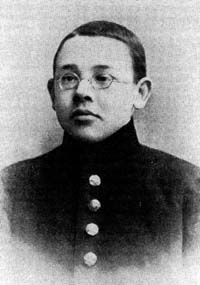
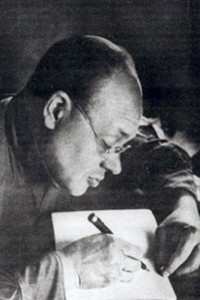 rld War I. (Zakharova)
rld War I. (Zakharova)
